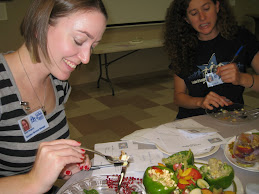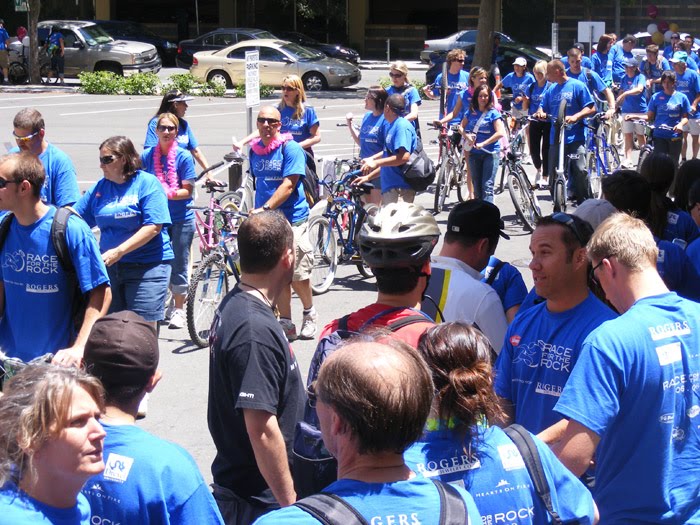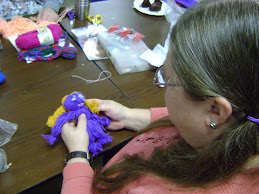Hello all! I’m Kate Wilkins, the
new AmeriCorps VISTA and your all-around garden aide! I’m very excited to
be part of Sacramento Food Bank & Family Services' team and watch the Demonstration Garden bloom and bear fruit this upcoming year. My primary
goal is to share all my knowledge of gardening and healthy cooking with the
community and to have fun!
I want Kate’s Korner to be an exploration and celebration of all things
related to food and the environment. These concepts are connected: without a
healthy environment there would be no food and without food a living organism
could not survive in an environment. The Demonstration Garden is ripe
with examples of the relationship between these two things and perhaps the best
example would be – the soil!
I know what you’re thinking – what’s so great about dirt? I first need to tell you
that there is a difference between dirt and soil. I once had a friend
who became incredibly angry when anyone referred to the ground as “dirt”.
He would cry, “but it’s so much more than that!” and it’s true,
“soil” is the combination of the air, minerals, water and living organisms
that accumulate into layers and are squeezed over time by various occurrences
(like us walking!). When you dig up the soil, you produce a pile of dirt – it
is no longer soil because it has lost its history. Now it is just an
unidentifiable pile with no home. All of the soil’s relationships with
water, minerals and air have been changed or removed. Here’s another way
to think about it, soil is what you find under your feet and dirt is what you
find under your fingers.
So is soil really alive? How alive? The answer is yes, the soil is
very alive! Most people have grabbed a handful of soil and seen lots of tiny
bugs and mysterious strands and that’s just the stuff you can see! There
are billions of bacteria, fungi and microscopic insects. A teaspoon of
soil alone has anywhere from 100 million to one billion bacteria in it. How
many teaspoons of soil do you think are in an empty field?
A lot of these bacteria and tiny bugs are helpful to plants. They move
nutrients and minerals to the roots and help the plant survive and be
healthy. When bigger bugs like worms wriggle through the soil they create
channels that allow air to flow down to plant roots. You always want
worms in your garden – that means your soil is healthy! You can make your
soil a nicer home for worms by adding compost, which is basically supercharged
nutrients that attracts lots of bugs and lots of water.
Next time you’re outside look down at the soil, maybe grab a handful and see
what interesting bugs and particles you can find. Just remember when you throw
your handful down, you just made dirt!
February 24, 2014
Subscribe to:
Post Comments (Atom)






No comments:
Post a Comment